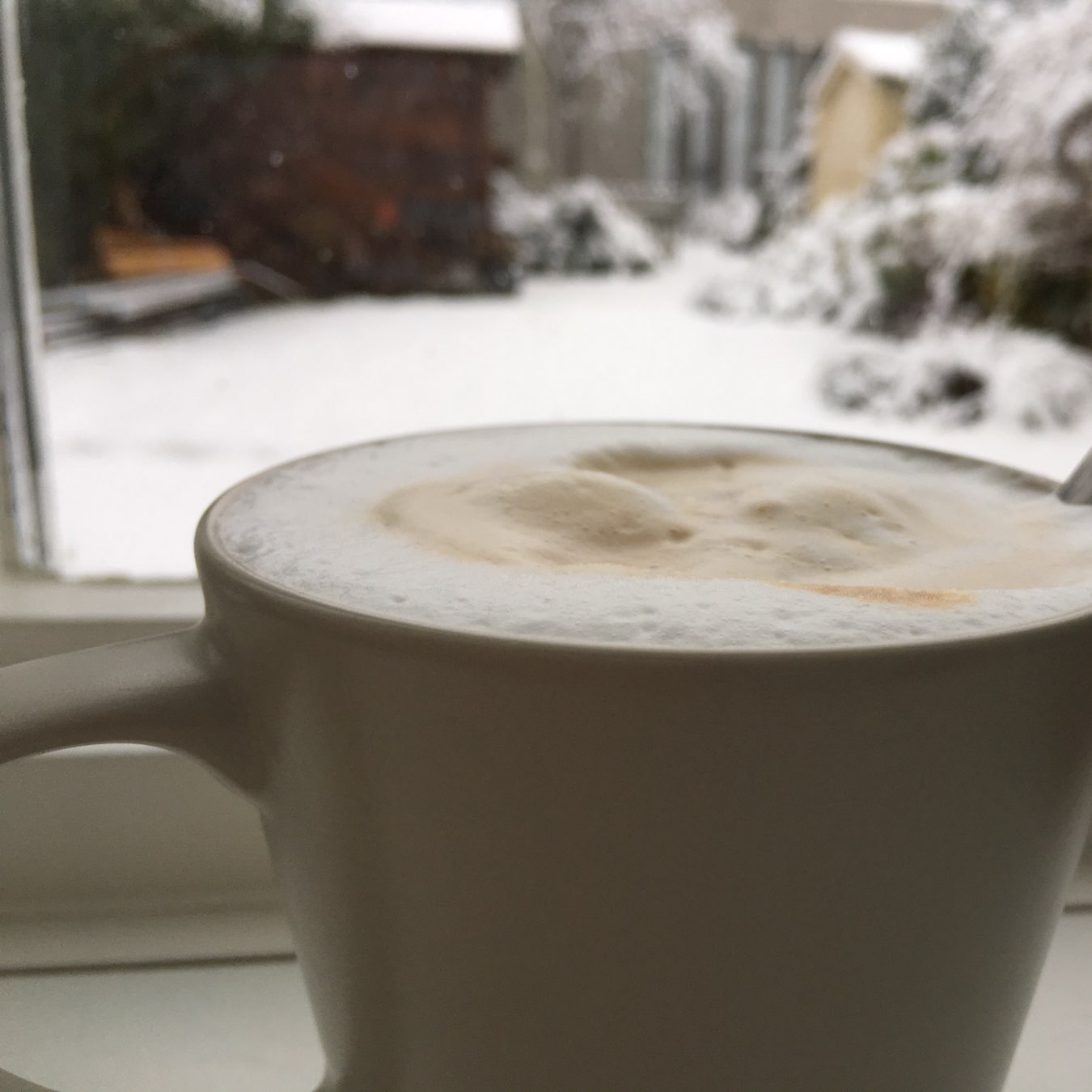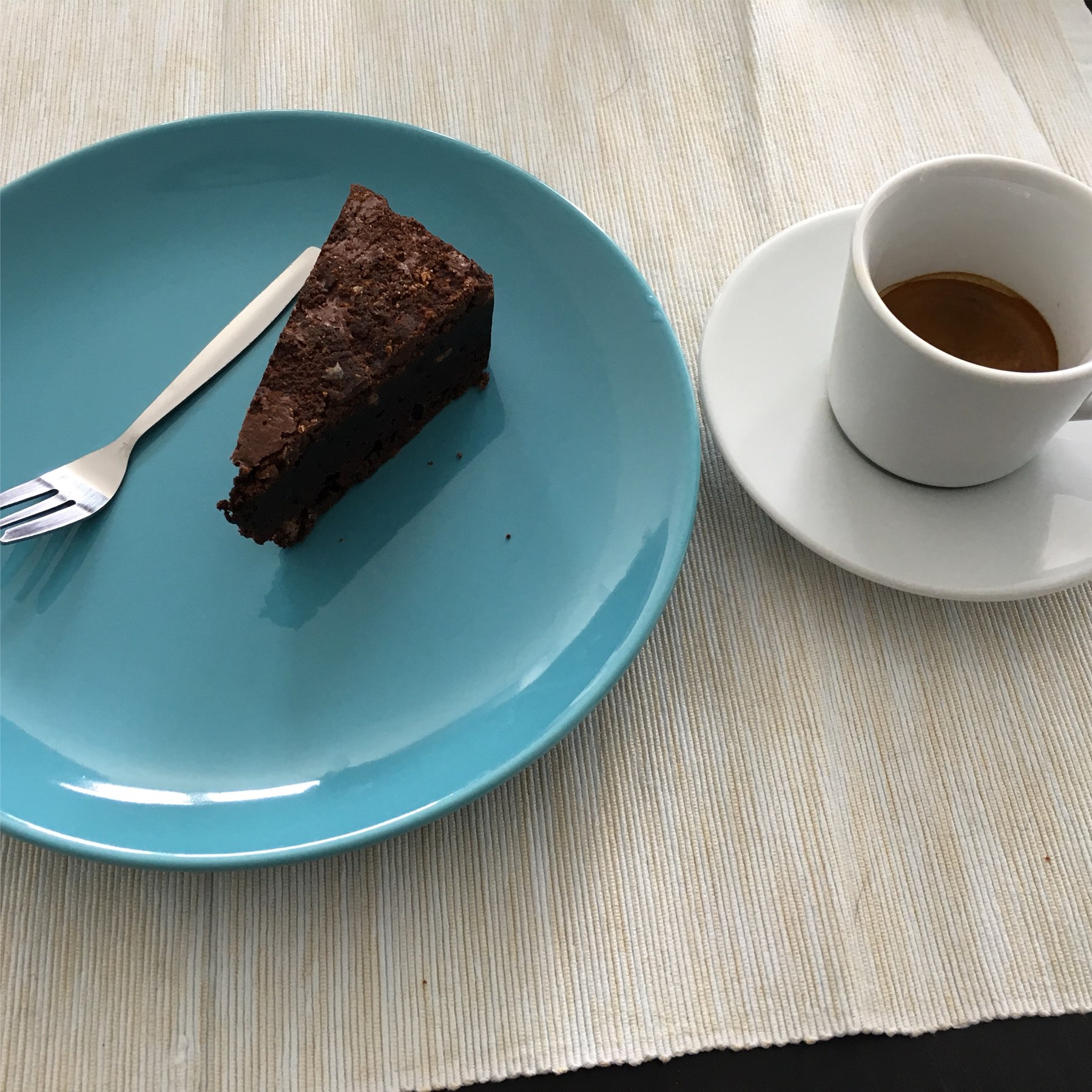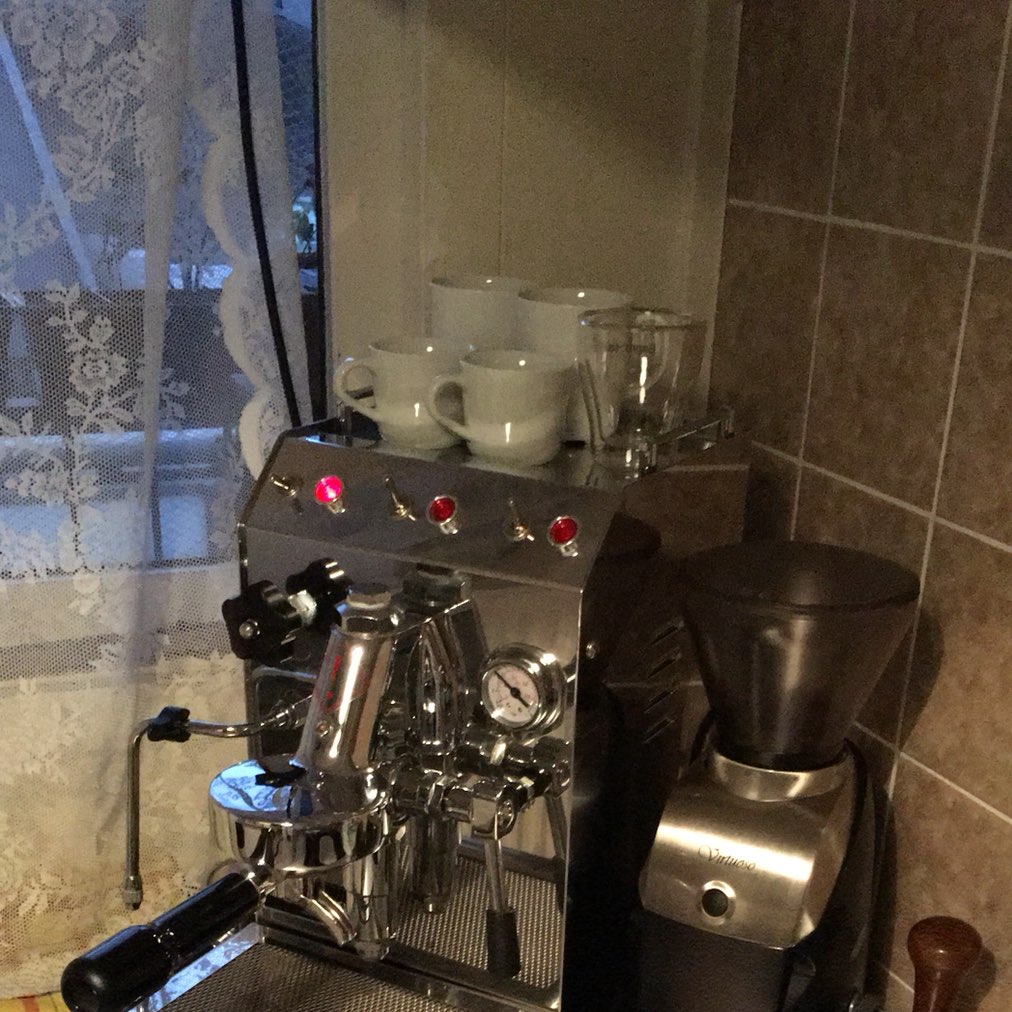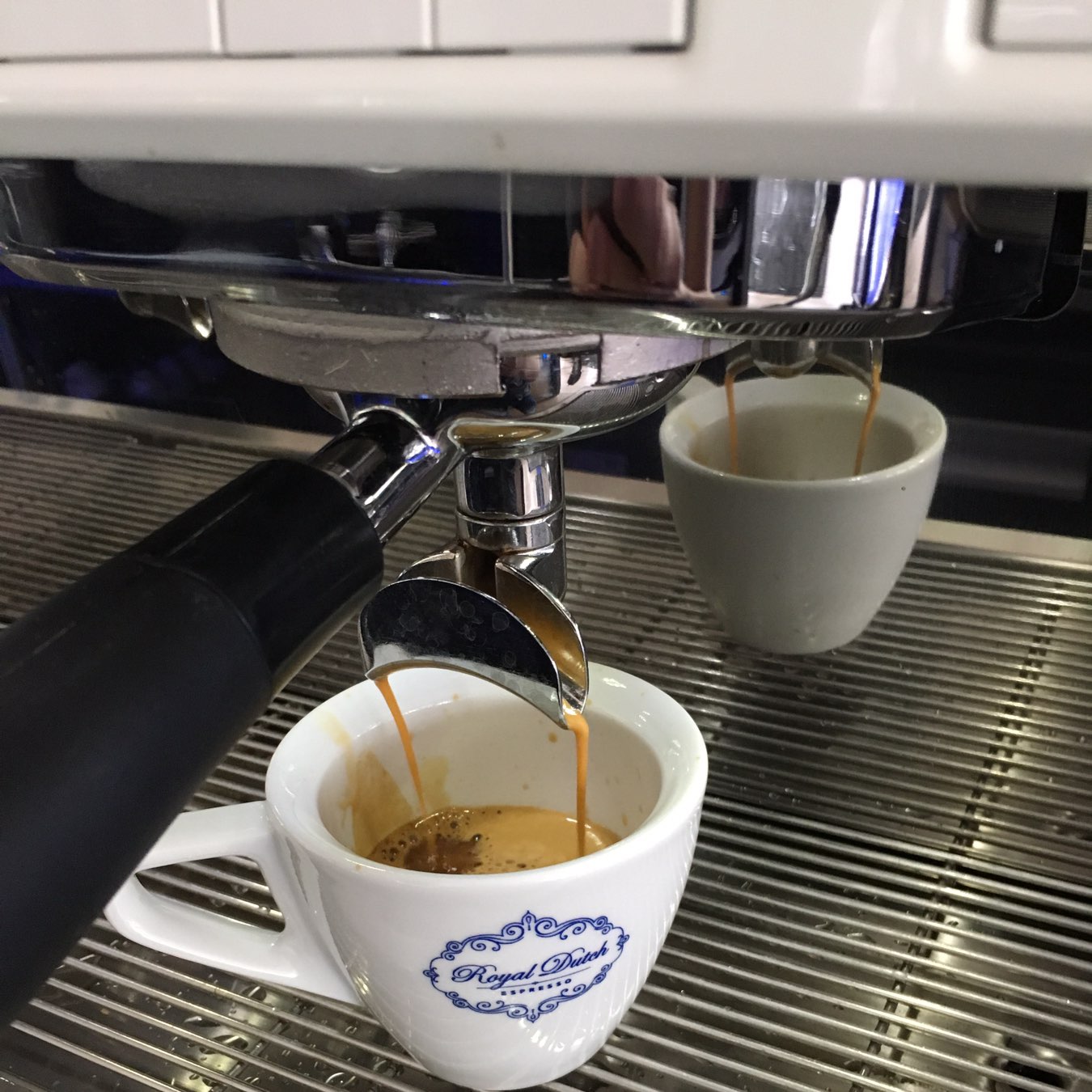
Source: Vince
What you will need is the following:
- A 1200W popcorn popper, preferably this model
- Optional but recommended: candy thermometer that can reach up to 220 degrees Celsius.
- A drill to be able to drill the hole for the thermometer
- A kitchen scale, accurate to at least 1 gram
- A big bowl for catching the chaff, the yellow skin of the beans release when roasting
- a big spoon for stirring when the beans get too hot
- a metal collander or two, for cooling down the beans or a metal baking sheet
- Oven mitt or two for protection
- Green coffee!
The setup
Whenever I roast with the popper my setup looks like this:

Before you start, make sure the popper is located into a place which is well ventilated, I put it onto my balcony. You need to keep in mind chaff will get everywhere. Make sure the place is well lit so you can look into the chamber without difficulty and make sure you have all your materials ready.
One method to determine how much green coffee is a good fit for your popper, you need to turn on the popper and insert green coffee into the chamber up until the amount of coffee is just right: when the beans move in the camber in circles at a relatively slow pace. Then turn off the popper and weigh the amount of green coffee in the chamber. This amount is a guideline for any future roasts with this bean. Whenever you buy another bean I would recommend redoing this measurement, since some beans differ in density.
The steps are as follows for roasting a batch of coffee:
- Turn on the popper and wait until it reaches 150 degrees Celsius / 300 Farenheit at least.
- Insert the green coffee
- Put the plastic hood in place and place a large bowl under the chute with a wet kitchen paper inside it to let the chaff stick to it.
- Wait for around three minutes for the first crack. You will smell a fragrant smell and see a bit of smoke.
- Depending on the type of roast you desire you need to time after first roast. Generally a lighter roast should be around 4 minutes in total, a full city roast around 5 minutes, and darker roasts can take up to closer to 6.5 minutes. Since roasts tend to develop very quickly, you need to watch it closely and need to be able to act quickly. To prevent overroasting you need to pour the beans out of the popper on the cooling plate/collander when they are a tad lighter than the color you desire, since roasting continues until the beans have cooled down sufficiently.
- Try to cool down the beans quickly. I prefer to throw them on a metal baking sheet, since the metal sheet absorbs the heat fairly quickly. Keep cooling them down until they are cold to the touch, by gently shaking it until they are arranged in a single layer.
- A fresh roast needs to vent of CO2, therefore you need to store the coffee into a jar without sealing it. Wait around 12 hours before you seal the jar tightly.
- The coffee attains its peak in taste around 4 to 24 hours after roasting. The coffee is truly fresh for five days after roasting.

Keep a close eye on the beans.
© 2022 Vincent van der Toorn








